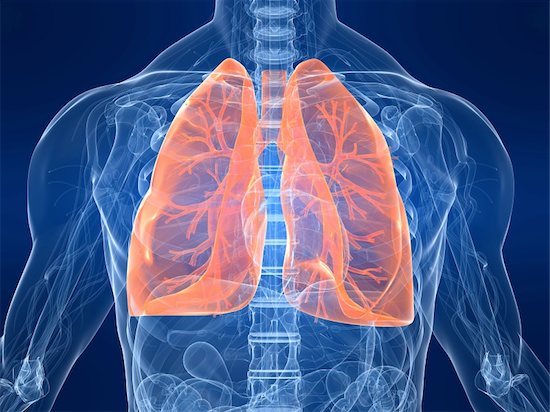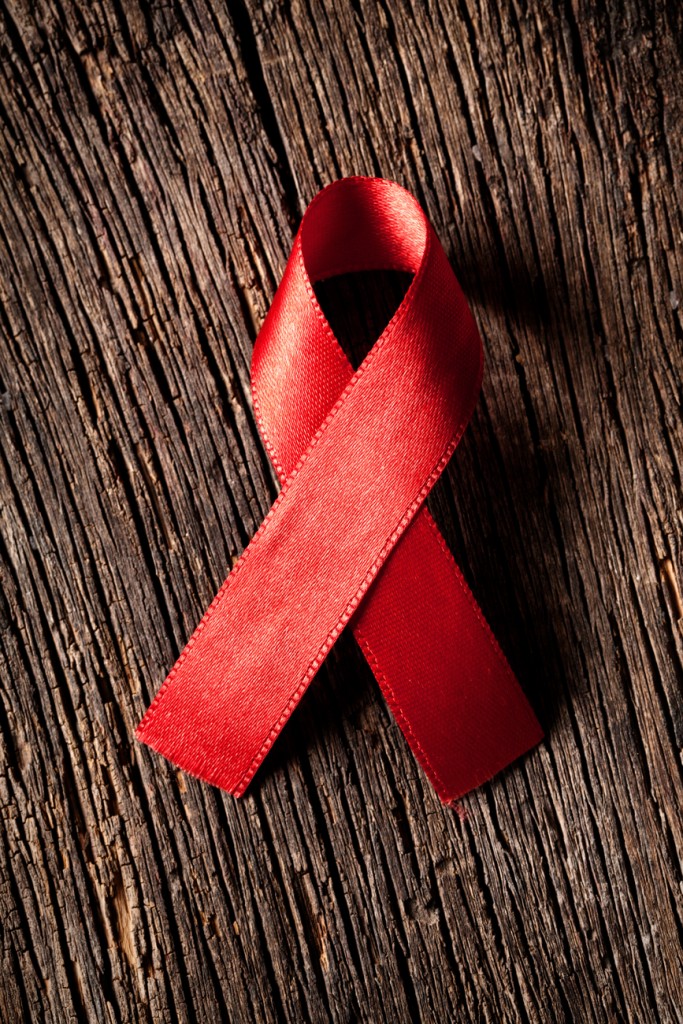Posts tagged HIV/AIDS

How HIV Affects Tuberculosis Bacterium
Most people know that HIV negatively impacts the immune system, crippling the body’s ability to fight off infections. The key to fighting the virus is to find out how it infiltrates the immune system. New research has made some developments into HIV and tuberculosis bacterium (MTB).
The Danger of Tuberculosis Bacterium
Tuberculosis bacterium (MTB) is the bacteria that causes tuberculosis to occur. Normally, the immune system prevents this infection by enclosing the bacteria in scar tissue. It is due to this special defense that only around 10 percent of people with “latent” tuberculosis develops the condition. However, if a patient is infected with HIV, they are at a greater risk of contracting the disease.
How Doctors Are Using Research to Develop a Vaccine
When the researchers at the Linköping University in Sweden discovered the connection between HIV and tuberculosis bacterium, they wanted to know more. They first started their inquiry by examining dendritic cells. These cells are a crucial aspect of the immune system, breaking down the bacteria. The body’s T-cells then kills the leftover pieces of bacteria before it has a chance to harm the body any further.
HIV inhibits the dendritic and T-cells. While most research has only proved that the virus affects T-cells, its interaction with dendritic cells is a new development.
“We have now shown that HIV has a clear effect also on the innate immune defense, in particular, the dendritic cells, which link the innate and the adaptive immune defenses. Much work remains to be done, but we can already suggest that one important future treatment strategy for infection should be to find ways to strengthen or boost cells in the immune defense using what is known as ‘host-directed therapy’,” says study lead Robert Blomgran.
Tuberculosis is a disease that mainly affects the lungs, making life difficult. Hopefully, that vaccine can be developed, so that HIV patients can be better protected.
Antibody vs. HIV: A New Hope
Antibodies are meant to identify and neutralize bacteria and viruses. In the fight against HIV, scientists hope to capitalize on this protein in order to cure people suffering from the virus. In a new study at the Rutgers University, researchers are hoping to find a way to prevent the contraction of HIV by using an experimental antibody.
The Experimental Antibody: VRC01
The AMP (Antibody Meditated Prevention) study is a clinical trial that is currently looking to prevent HIV-negative men and transgender individuals from acquiring HIV. The antibody, known as VRC01, was originally found in a man who was able to combat the infection without the use of medication. When scientists discovered this, they worked to recreate the antibody and test its effects on others.
The study targeted men who have sex with other men (homosexual, bisexual, and transgender) for a specific reason. According to the CDC, new diagnoses of HIV in the United States have dropped 19 percent from 2005 to 2014. However, among the Hispanic/Latino and African American community, infections in gay and bisexual men have increased.
Scientists feel like the study will have a positive impact. According to infectious disease specialist and site leader Shobba Swaminathan, “The study is providing ways for Rutgers to effectively partner with and engage the community effectively to ensure a positive impact that will last long after the study is completed.”
The study is testing the antibody on 2,700 HIV-negative men and transgender individuals who have sex with men. The antibody works by preventing the infection from attaching to host CD4 and T Cells. This helps the immune system function properly and fight infections. So far, laboratory tests have shown the antibody to be 90 percent effective.
Swaminathan is optimistic about this study. She calls it “The first study of this magnitude to see whether an antibody infusion can help prevent new HIV infections. If it proves effective, it could potentially pave a way for developing a vaccine for HIV infection.”

HIV Vaccine Shows Promise in Preclinical Trial
The race to stop the spread of HIV continues. Despite the best efforts of doctors and researchers, new cases of the viral infection continue to crop up. That is why a preclinical trial is important. Halting this spread depends on finding solutions that work, and are also cost effective so as to be readily available in poorer countries. The urgency is more critical than ever before, yet there is the promise of effective vaccines, new treatments, and perhaps a cure someday. While the search for better treatments and cures is at its peak, an HIV vaccine option has emerged that has the scientific community buzzing. To date, it has proven successful in two preclinical trials.
A Second Preclinical Trial Confirms the Results
The HIV vaccine in question is designed to prevent infection obtained via mucosal membranes. Specifically, it has been tested both times in conditions that mimic male-to-female contact, with the male being the one infected and the female receiving the vaccine. A second line of defense that’s designed into the vaccine is to protect against infection by generating blood antibodies. A similar preclinical trial was first conducted in China, where results showed enough promise to warrant the study be done again, but on a slightly larger scale. It was this second study that produced excitement at the promise of a potential new vaccine. Just as the first study was successful, the second preclinical trial repeated those results. Even with repeated exposure to the virus, the vaccines were able to stave off infection. Not only that, each exposure was up to 100,000 times the normal dose of HIV passed from human to human.
What now? A component of the vaccine has been tried on human participants. This first phase of clinical trials yielded positive results, especially in regards to safety and tolerance. This particular vaccine has other benefits its designers implemented that give it global appeal. For instance, it will be tested and available in liquid form and needle-free. This is done with the goal of making it readily affordable to countries or areas with limited resources in order to reach as many as possible.

Teens Still Putting Health at Risk with Unsafe Sex Practices
While the world clamors to fight epidemics like HIV, recent findings show that one major contributor to health in the future is being neglected. Worldwide, adolescents are considered a generally healthy population. This assumption leads to focusing on other groups when it comes to healthcare, both preventative and otherwise. One study yielded sobering facts about the up-and-coming generation regarding healthcare, unsafe sex practices, and overall well-being.
Study Shows Teens Are Taking Chances With Unsafe Sex
The report targeted those aged 10–24 years old. Over 65% of those in this age group live in countries where certain factors threaten their well-being, with little attention being paid to this fact. Since 1990, unsafe sex practices have been a risk factor for poor health. In that year, the problem ranked at #13 on the list of health threats. In 2013 we saw it climb to the number two spot. This makes unsafe sex the fastest growing threat to youth today. Results like HIV, AIDS, injury, violence, and early pregnancy set the stage for ill health in the future. Most areas where the risks are increasing, the health problems in question are treatable, even preventable. Unfortunately, little attention is given to these matters, much to the chagrin of health experts.
In many regions where this threat is a growing concern, conflicting healthcare laws related to providing treatment for adolescents can limit progress in these areas. Another obstacle is healthcare coverage in that in some lands, a married woman may have access to contraceptives, but an unmarried girl legally does not. Around the world, this age group has the poorest coverage.
The Future of the World’s Health at Stake
These youths make up the largest generation of all time. Challenges facing medical science, like HIV, will only mount if this growing generation is not taken into consideration now. HIV is but one example. Really there are a number of risk factors—with depression and alcohol abuse topping the list. As this generation ages, the state of the world’s health will be strongly influenced by their state of health. Currently, that paints a bleak picture of the future as far as health and well-being are concerned.

90-90-90 Program: UNAIDS Treatment Plan for HIV
Research has uncovered information about HIV that has allowed progress to be made in the battle against this terrible disease. Vaccines and new approaches in medicinal therapies are being developed and tested. This process, as promising as it is, could take years before producing anything of use to the public. Despite these scientific breakthroughs, there are still pressing matters needing immediate attention. In an effort to address these matters, UNAIDS has move forward with a treatment plan called the “90-90-90” program might be implemented on a worldwide scale. But the 90-90-90 program has some obstacles to overcome—the largest one being the cost.
What Is the 90-90-90 Program?
The 90-90-90 program has three main objectives. First, to give a diagnosis to 90% of individuals with an HIV infection. The second goal is starting 90% of HIV-positive patients on antiretroviral therapy. The third objective is to have 90% of those on antiretroviral medications achieve viral suppression (making viral presence undetectable). The program has high aspirations that, if achieved, could mean a significant effect on the increasing number of new infections every year. Another byproduct of the program would be fewer children orphaned by the devastating effects of HIV and AIDS. It is hoped that with early detection and immediate treatment, more lives will be saved. The number of infections transmitted would be reduced as well if treatment was adhered to, and viral loads were sufficiently reduced.
Computer models have been used to help predict the results that this program would have over the next five to ten years. The 90-90-90 program would potentially prevent over 2 million new infections. Over 1.5 million children would not have to face the prospect of being orphaned. Millions of lives would be saved. What stands in the way of the program being set up around the world?
Money. The cost is very high, by some estimates over 40% more than what is currently being spent on similar efforts—bringing the total to $54 billion. Based on computer simulations, the program could be enough to bring the epidemic caused by HIV to an end. So while it would be an expensive venture, experts agree that the benefits would be worth it.




